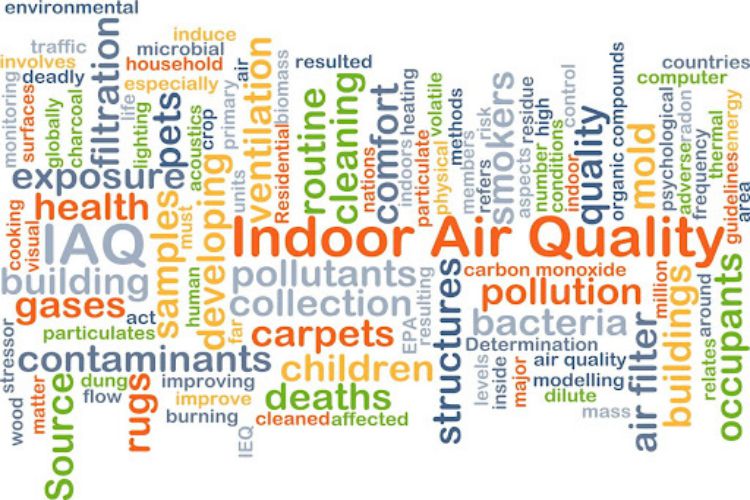 Over 137 million people in the United States live in areas with unhealthy air. They breathe air full of particle pollutants, ozone, or both.
Over 137 million people in the United States live in areas with unhealthy air. They breathe air full of particle pollutants, ozone, or both.
That doesn’t mean indoor air is safer, though. On the contrary, some pollutants in indoor air can have levels two to five times higher than in outdoor air.
An indoor air quality test, in turn, can help determine the state of your home’s air.
But do you need to test your IAQ? If so, what are the signs that you should do?
Keep reading, and we’ll tell you what you need to know below.
Is an Indoor Air Quality Test Mandatory?
No. No law requires homeowners to perform indoor air quality tests in their homes.
However, it’s your every right to conduct one if you want to learn how healthy your indoor air is. You can then use the test’s results to determine if you need to improve the air quality in your home.
What Are the Signs You Need IAQ Tests?
According to the folks at Jeff’s HVAC, HVAC technicians can fix your space heater or AC and test your IAQ too. You may want to get both services together as poor IAQ can arise from ill-maintained HVAC systems. Conversely, polluted air can clog up and reduce your heater’s and AC’s efficiency.
Thus, if your HVAC system isn’t performing up to par, it might be time to get it serviced and have your IAQ tested.
Another sign to get an IAQ test is if you experience sick building syndrome (SBS) symptoms. These include burning/watery eyes, sneezing, runny nose, nasal congestion, and dry throat. You may also get asthma attacks or develop headaches, fatigue, and lethargy.
A solid indication you’re experiencing SBS is if those symptoms go away when you leave the house. It likely means your home’s indoor air is to blame, which is why you feel better when you go outside. Get your home’s IAQ tested to confirm your indoor air is the culprit.
What Should You Test For?
Radon, the second leading cause of lung cancer in the U.S., should be one of your top testing priorities. It’s second only to cigarette smoking but is the number one cause of lung cancer in non-smokers. Experts estimate it causes 20,000 lung cancer deaths in the U.S. annually.
It’s also wise to test for volatile organic compounds (VOCs), as some can cause cancer. Long-term exposure to these chemicals may also put you at a higher risk for liver and kidney damage. At the very least, they’re behind many of the respiratory symptoms of SBS.
Air testing for deadly asbestos may make sense if you suspect this material is in your home. That’s likely, as experts believe over half of U.S. homes have structures with this mineral. And if you have degrading asbestos materials, their crystals or fibers can mix with the air.
Consider Testing Your Home’s IAQ Now
Remember: An indoor air quality test isn’t mandatory, but you can use it to make your home safer. So, invest in IAQ testing if you’ve been experiencing SBS symptoms or you think you have radon or asbestos. Then, if you find out you have poor IAQ, you can improve ventilation or use better air filters.
Are you interested in reading other home improvement guides like this? Then feel free to check out our latest news and blog posts!




